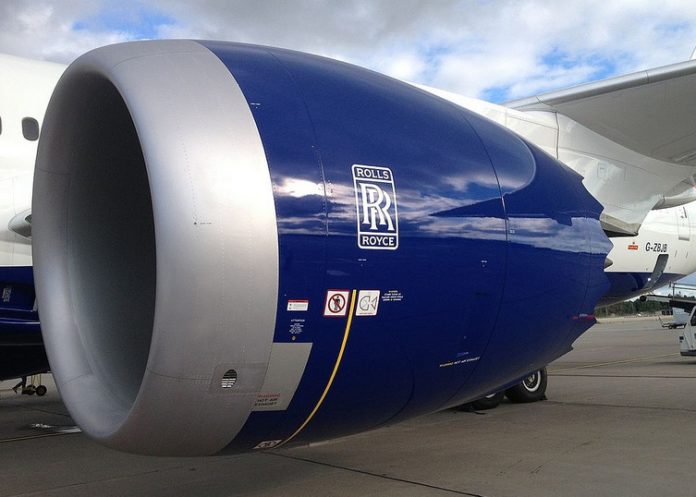
Rolls-Royce, the engine maker known for powering Airbus and Boeing workhorse jets, expects a fully electric small aircraft in three to five years, Bloomberg has reported, quoting a top executive of the company.
The first commercial application of P-Volt, a battery electric system developed by Rolls-Royce, will have about 600kWh of power, which will enable flying six to eight people as far as 80 nautical miles (148km), Rob Watson, president of the company’s electrical division, said in an interview in Singapore on Monday.
That range will keep improving with better battery technology, and may eventually be able to fly as much as 400km in the 2030s, London-based Watson, who’s attending the biennial Singapore Airshow this week, said.
“We are confident in the technology. Now we need to scale it so it can have a meaningful economic influence,” said Watson, who was promoted to an executive role this year. “I think that’s where you see urban air mobility and regional air mobility, aircraft with eight to 18 seats, becoming a real possibility in the next three to five years.”
A slew of companies around the world, from start-ups to established aerospace giants, as well as some motor manufacturers, are at different stages of developing aircraft that are powered by an alternative source of power, as pressure builds on the industry to cut back on emissions. The options being worked on include sustainable aviation fuel, or SAF, hydrogen, fully electric and hybrid-electric.
Rolls-Royce’s electric propulsion system can be used for both electric vertical takeoff and landing, or so-called eVTOLs or commuter aircraft. One of its customers, Vertical Aerospace Group, has already grabbed orders from American Airlines Group, Virgin Atlantic Airways and aircraft lessor Avolon Holdings, and says its VA-X4, a zero-emission four-passenger aircraft, can fly as fast as 320km/h over a range of more than 160km.
However, Watson doesn’t expect narrow-body aircraft, the most popular models for Airbus and Boeing, to turn fully electric.
“If you want to fly hundreds of people and thousands of miles, which is the single-aisle market, a battery is never going to do that because you’ll just be limited by the energy density of a battery and the weight of the battery,” Watson said. “If you want to get to net-zero on those platforms, you will achieve that principally through SAF and then through hydrogen.”
Rolls-Royce is currently in talks with suppliers for battery cells as it approaches the crucial stage of certification, Watson said. While Rolls-Royce will design and assemble the packs, it won’t manufacture battery cells, he said.
“We need to make supply selection decisions in the next year, year and a half,” Watson said. “We’re making decisions about our strategic suppliers this year.”










